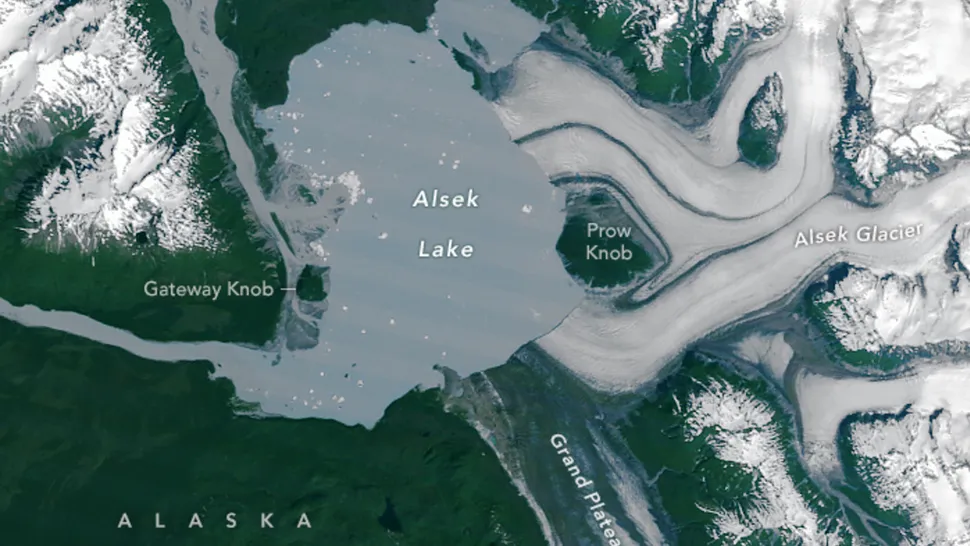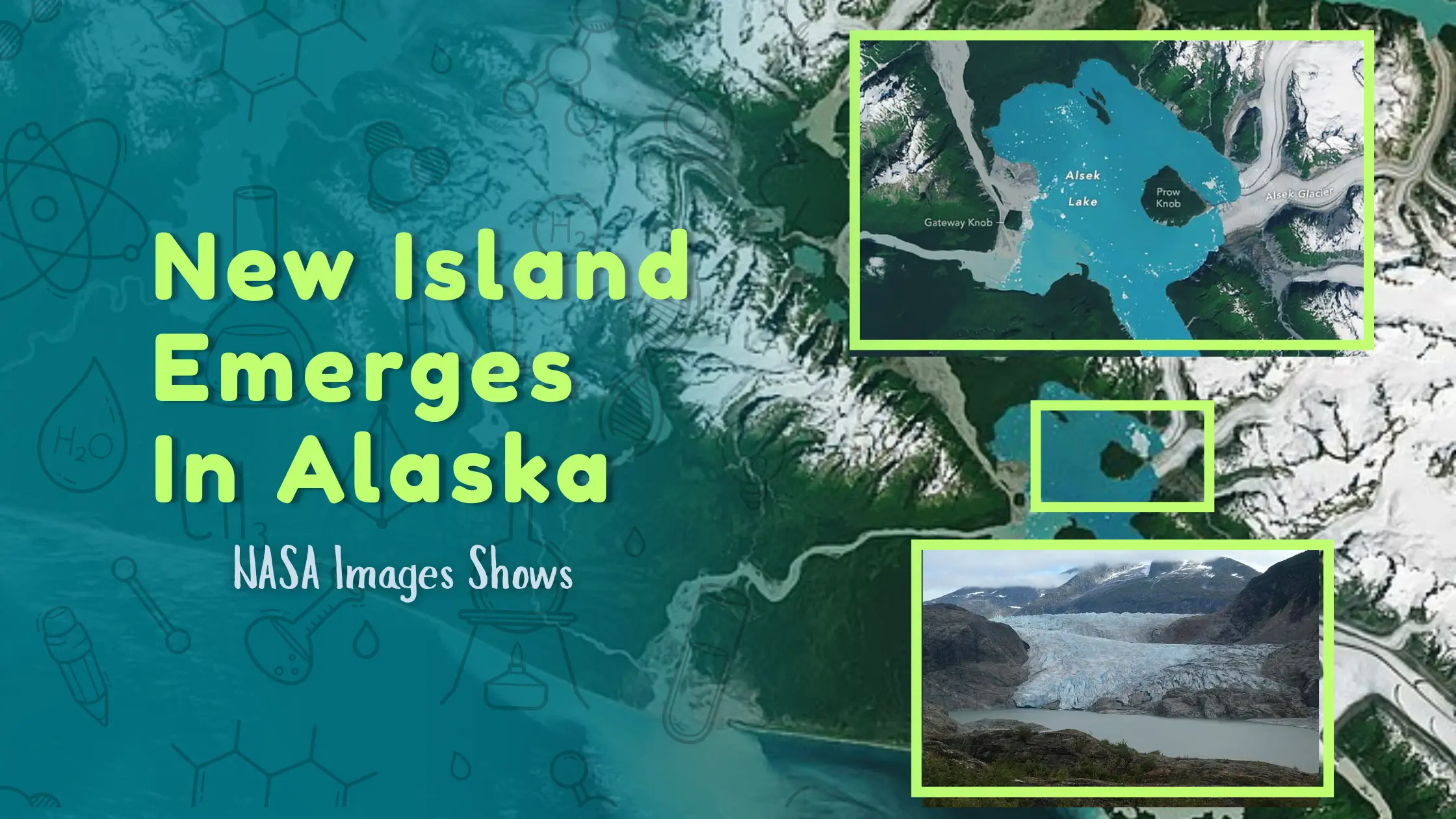New Island Emerges In Alaska As Alsek Glacier Retreats, NASA Images Show
GLACIER BAY NATIONAL PARK, Alaska — A rocky outcrop in southeastern Alaska has become a standalone island, a striking new landmark born from rapid glacial retreat linked to human-caused climate change. The feature, informally known as Prow Knob, sits in Alsek Lake within Glacier Bay National Park and became fully isolated by water around 2025, according to recent satellite analyses.

NASA imagery from satellites such as Landsat shows how the Alsek Glacier has pulled back more than three miles since the 1980s. As the ice thinned and melted, a once-connected ridge that had been buttressed by the glacier separated from the surrounding landmass, leaving an island ringed by meltwater. Just 40 years ago, it did not exist as an island.
Researchers say the transformation underscores the speed at which Alaska’s glaciers are receding as temperatures rise. The state is increasingly dotted with new lakes and reconfigured shorelines created by disappearing ice—what some scientists describe as a “new lake district.” While such changes offer rare, real-time views of landscape evolution, they also bring risks, including the potential for flooding if glacial dams weaken or fail.
NASA’s before-and-after images, published by the agency’s Earth Observatory and widely reported by science outlets, capture the acceleration of change in recent years. In sequences spanning decades, dense, contiguous ice gives way to open water, sediment-laden melt streams, and newly exposed rock—visual evidence of the region’s warming climate.

Glacier Bay National Park has long been a natural laboratory for observing post-glacial landscapes. But the pace of today’s shifts stands out. Across Alaska, shrinking ice affects ecosystems, tourism, and local communities, altering habitats for fish and wildlife while reshaping waterways and shorelines.
What’s next for Prow Knob and Alsek Lake will depend on how quickly the glacier continues to retreat and how seasonal melt patterns evolve. Scientists will be watching for changes in lake levels, sediment flows, and any new connections that might form among the lake’s channels and basins.
At a glance
- Where: Alsek Lake, Glacier Bay National Park, southeastern Alaska
- What: A rocky outcrop—often called Prow Knob—has become a standalone island
- How: Rapid retreat of the Alsek Glacier over recent decades exposed and isolated the feature
- Timeline: Not an island in the 1980s; fully isolated around 2025, per NASA satellite imagery
- Why it matters: A visible marker of human-driven warming; growing risks from glacial-dam failures and rapid landscape change
Sources: NASA Earth Observatory; reporting from outlets including Space.com, Live Science, and IFLScience (mid-September 2025). If you’re looking for information on other “new islands,” including volcanic formations in the Aleutians, say the word and I can tailor this.
